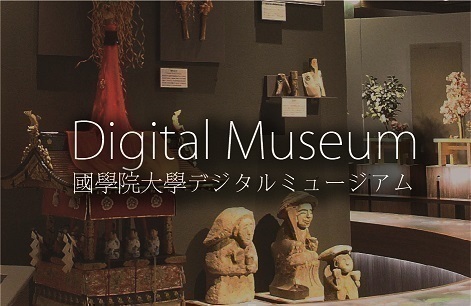- トップ
- Encyclopedia of Shinto
- Tamagushi
Encyclopedia of Shinto
| Main Menu: | |
| Links: |
詳細表示 (Complete Article)
| カテゴリー1: | 4. Jinja (Shrines) |
|---|---|
| カテゴリー2: | Ritual Implements and Vestments |
| Title | Tamagushi |
| Text | An object presented to the kami by a priest or worshiper, composed of a sprig of evergreen sakaki to which paper streamers (shide), or paper mulberry fibers (yū) have been attached. Numerous theories have been advanced to explain the origin of the tamagushi; and the most common holds that the tamagushi was originally a yorishiro (an object in which the kami reside), a physical object expressing the indwelling spirit of a kami. The Kojiki explains how the goddess Amaterasu was drawn out of the rock cave by use of an ancient form of tamagushi called the ihotsu no masakaki ("five-hundred branched sakaki"), a sakaki tree to which mirror, jewels, and "blue nigite" and "white nigite" streamers were attached. Early modern scholars of National Learning (Kokugaku) suggested numerous theories regarding the etymology of tamagushi. Motoori Norinaga called it a tamukegushi ("stick/skewer offered from the hand"), while Kamo Mabuchi, Hirata Atsutane and others theorized that the term was related to the fact that jewels (tama) were attached. Mutobe Yoshika suggested the possibility that tama was a homophone for the word meaning "spirit," so it was "spirit stick." The ritual etiquette prescribed for offering a tamagushi calls for the officiant to offer the tamagushi with stem oriented towards the altar. In imperial court ritual the tamagushi is placed upright in a tube with the surface of the leaves facing the kami, while at the Grand Shrines of Ise the tip of the branch is placed facing the altar, both customs said to reflect the ancient practice of erecting the sprigs upright with stems stuck into the ground or other surface. — Motosawa Masashi |





